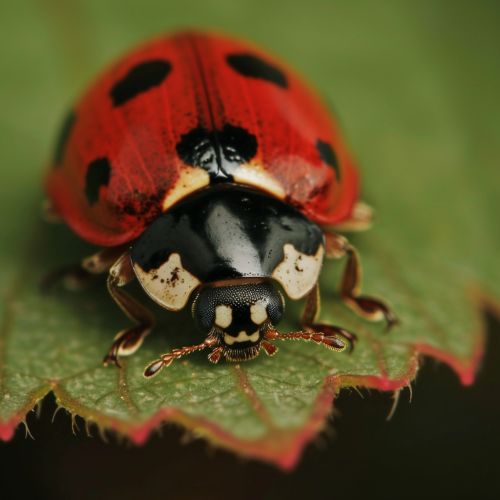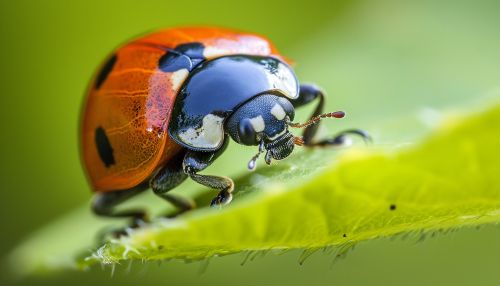Biocontrol Agents
Introduction
Biocontrol agents are living organisms used to control pest populations in the environment. These organisms can include insects, mites, nematodes, fungi, bacteria, and other microorganisms. They are an integral part of integrated pest management (IPM) strategies, providing a sustainable and environmentally friendly alternative to chemical pesticides.


Types of Biocontrol Agents
There are several types of biocontrol agents utilized in pest management, each with unique characteristics and modes of action.
Predators
Predators are organisms that hunt, kill, and consume their prey. Common predatory biocontrol agents include insects such as ladybugs and lacewings, which feed on aphids and other small pests. Predators can be very effective in controlling pest populations, but their success often depends on the availability of prey and suitable environmental conditions.
Parasitoids
Parasitoids are organisms that spend a significant portion of their life cycle within or on a single host organism, ultimately leading to the host's death. Many wasps and flies are parasitoids, laying their eggs inside pests. The emerging larvae then feed on the host, eventually killing it. Parasitoids are often very specific to their host species, making them a precise tool in pest management.
Pathogens
Pathogens are disease-causing microorganisms such as bacteria, viruses, and fungi. These biocontrol agents infect and kill pests, often very quickly. Bacillus thuringiensis, a bacterium, is one of the most commonly used microbial biocontrol agents. It produces toxins that are lethal to many pest insects but harmless to humans and other animals.
Application of Biocontrol Agents
The application of biocontrol agents can be a complex process, requiring careful planning and monitoring. It involves the introduction, augmentation, and conservation of these agents in the environment.
Introduction
Introduction, or classical biological control, involves the importation and release of biocontrol agents from the pest's native range. This method is typically used when a non-native pest invades a new area and its natural enemies are absent.
Augmentation
Augmentation involves the supplemental release of native or already established biocontrol agents. This can be done either on a regular basis (inundative release) or at critical times in the pest's life cycle (inoculative release).
Conservation
Conservation involves modifying the environment or practices to protect and enhance specific biocontrol agents. This can include providing habitat or food resources for the agents, or reducing the use of pesticides that may harm them.
Benefits and Limitations
Biocontrol agents offer several benefits over traditional chemical pesticides. They are generally safer for humans and the environment, can provide long-term pest control, and can help reduce the development of pesticide resistance. However, they also have limitations. They can be slower to act and their effectiveness can be influenced by environmental conditions and pest densities. In addition, some biocontrol agents can become invasive species themselves if not properly managed.
Future of Biocontrol Agents
Advancements in technology and research are continually improving our understanding and use of biocontrol agents. Genetic engineering, for example, is being explored as a way to enhance the effectiveness of these agents. Despite the challenges, the future of biocontrol agents looks promising as we strive for more sustainable and environmentally friendly pest management strategies.
